KEEP UP WITH OUR DAILY AND WEEKLY NEWSLETTERS
PRODUCT LIBRARY
we're getting ready for the pre-opening launching today until friday, with public access scheduled for the 20th.
connections: 5
watch our livestream talk with BMW Design at 19:15 CEST on monday 15 april, featuring alice rawsthorn and holger hampf in conversation.
connections: +300
the solo show features five collections, each inspired by a natural and often overlooked occurence, like pond dipping and cloud formations.
discover our guide to milan design week 2024, the week in the calendar where the design world converges on the italian city.
connections: 30
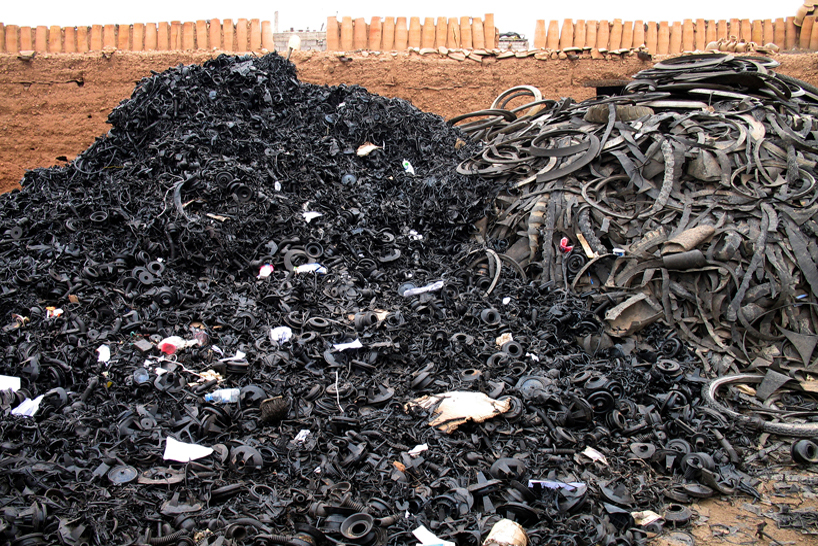
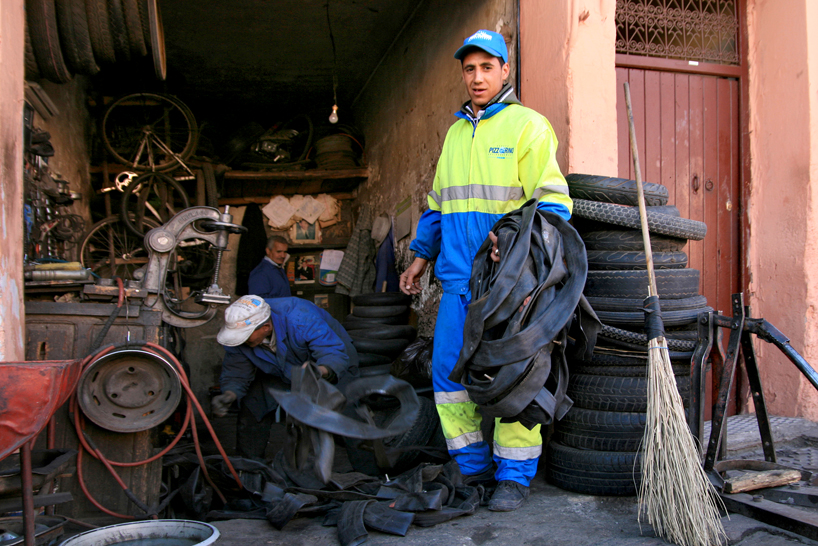 pizzorno sweeper collecting the rubber waste with the blessing of the municipality
pizzorno sweeper collecting the rubber waste with the blessing of the municipality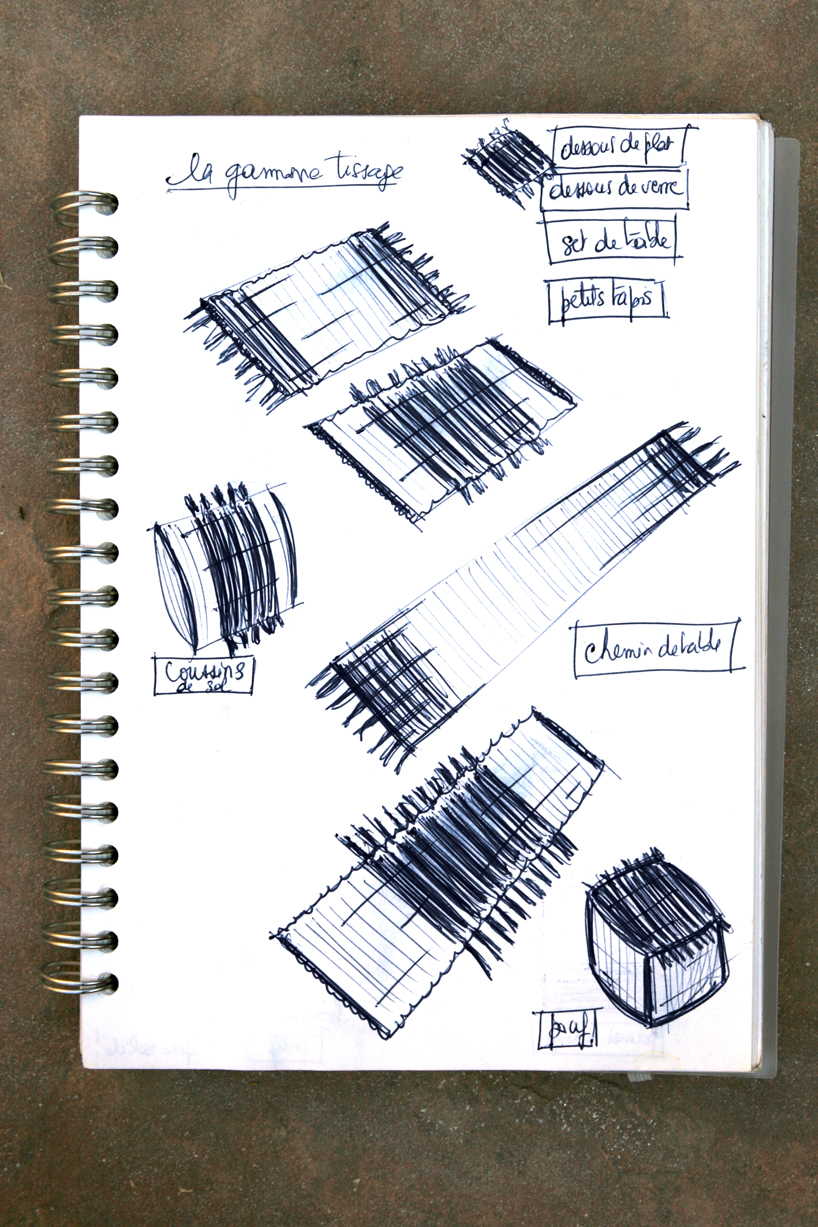 first sketching with combination of materials
first sketching with combination of materials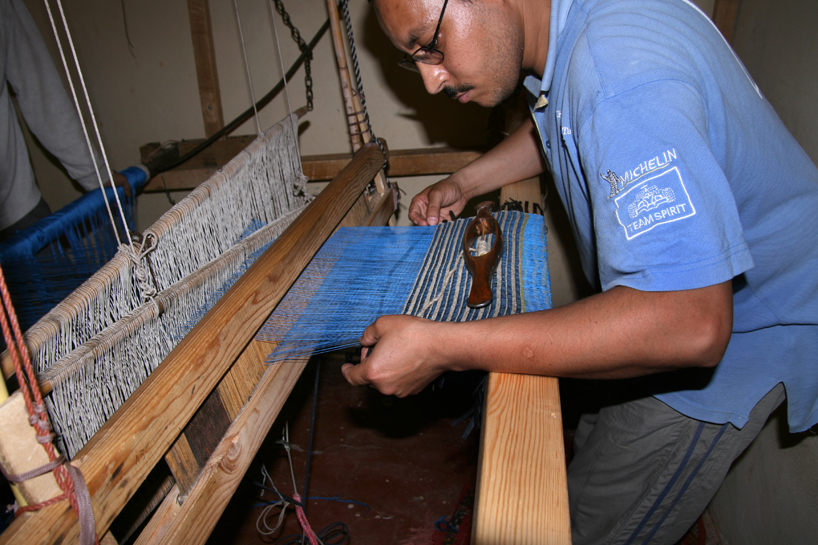 experiments with traditional weaver
experiments with traditional weaver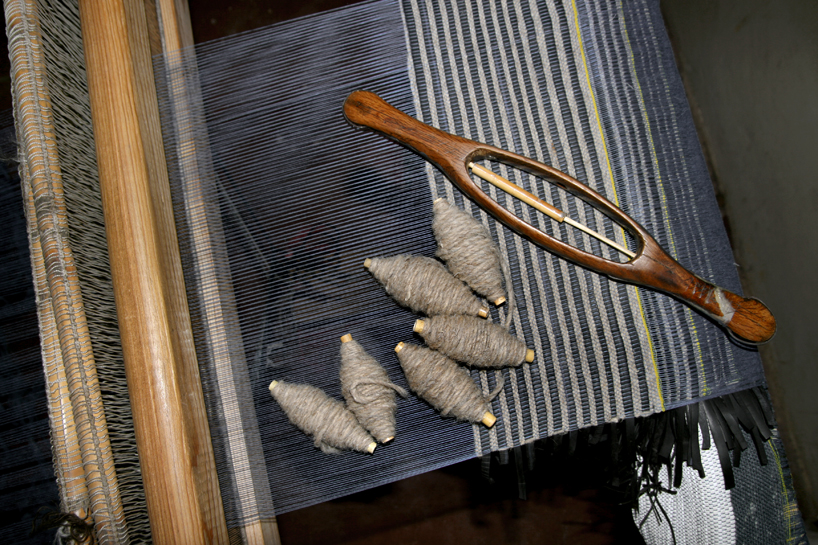 combination of rubber waste and local wool
combination of rubber waste and local wool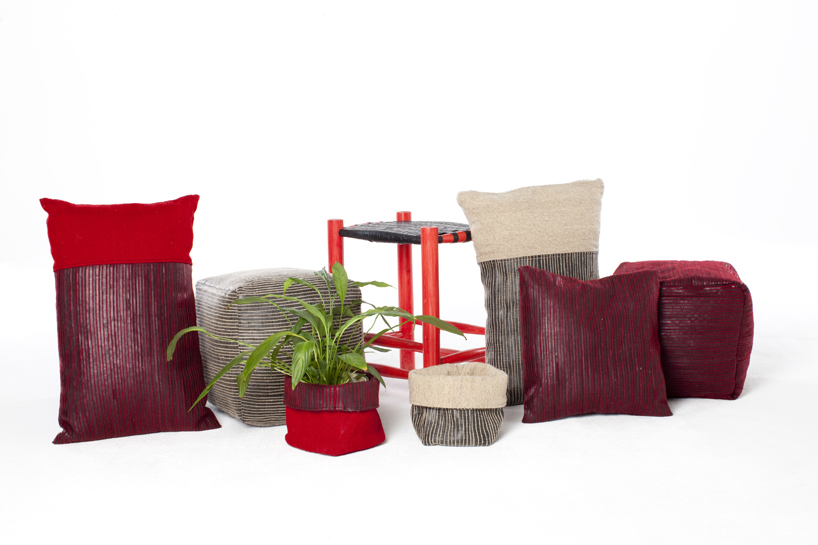 first range of the program: interior textiles
first range of the program: interior textiles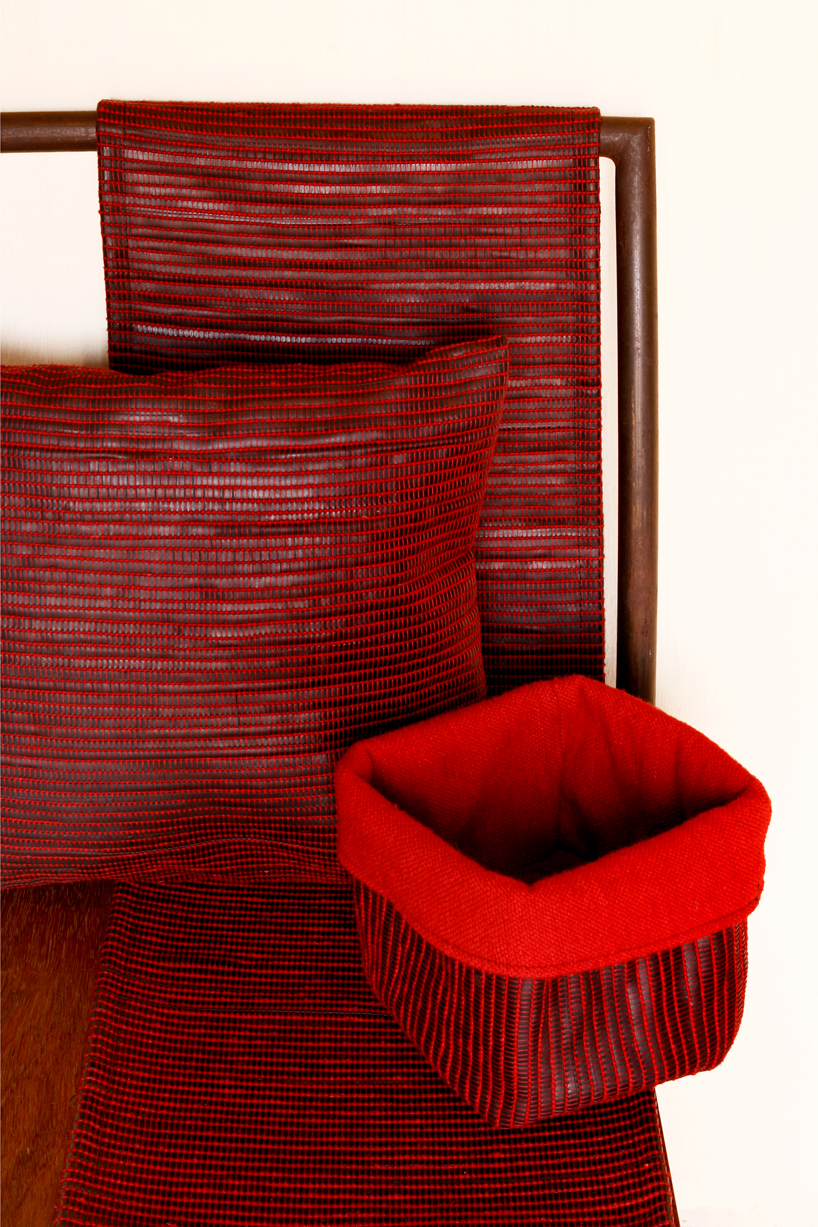 detail of the textiles range
detail of the textiles range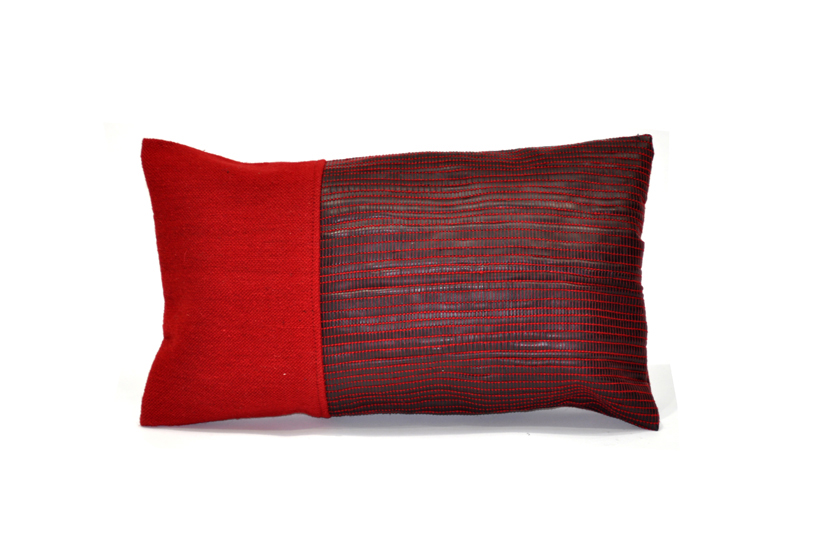 peculiar texture and contrast of of the textiles
peculiar texture and contrast of of the textiles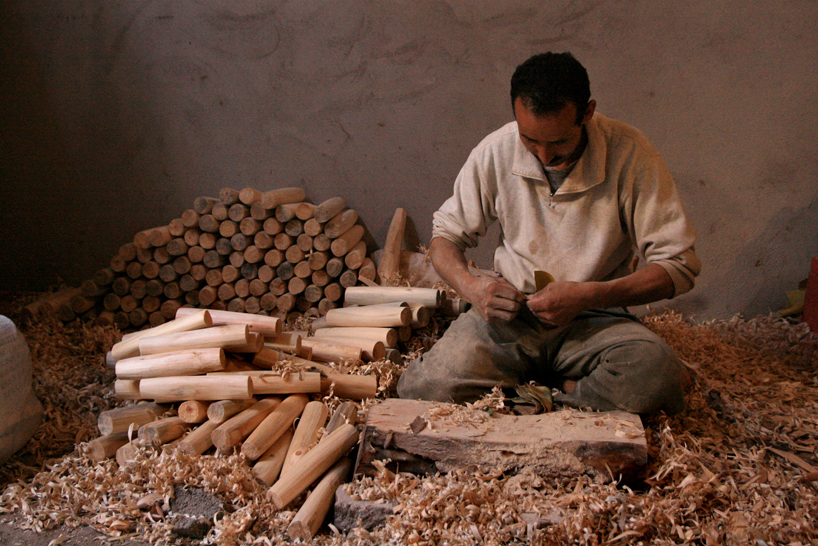 production of the second range starts with traditional basic woodworking
production of the second range starts with traditional basic woodworking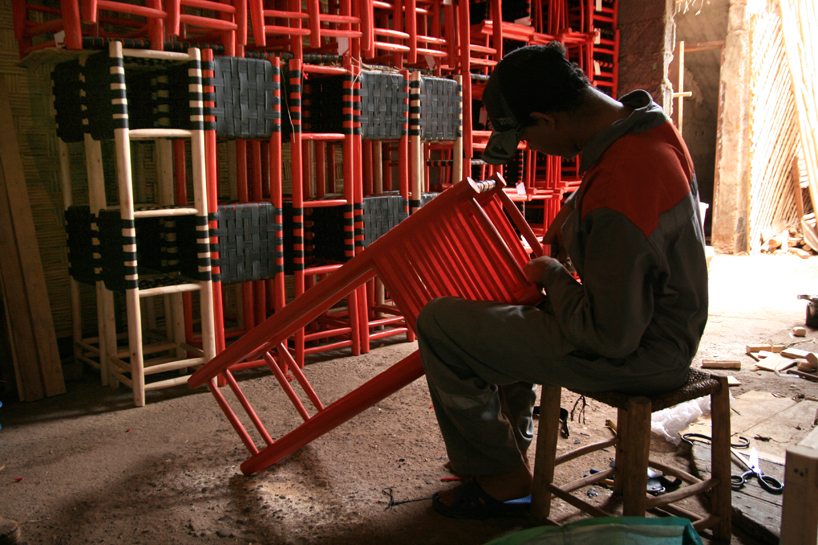 production of the second range goes on with an adaptation of traditional weaving
production of the second range goes on with an adaptation of traditional weaving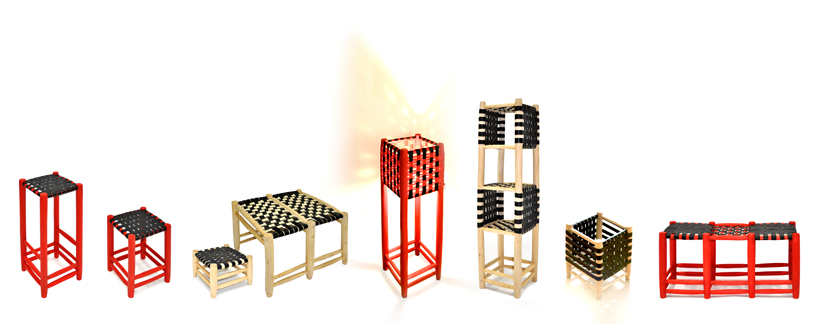 second range of the program: home furniture
second range of the program: home furniture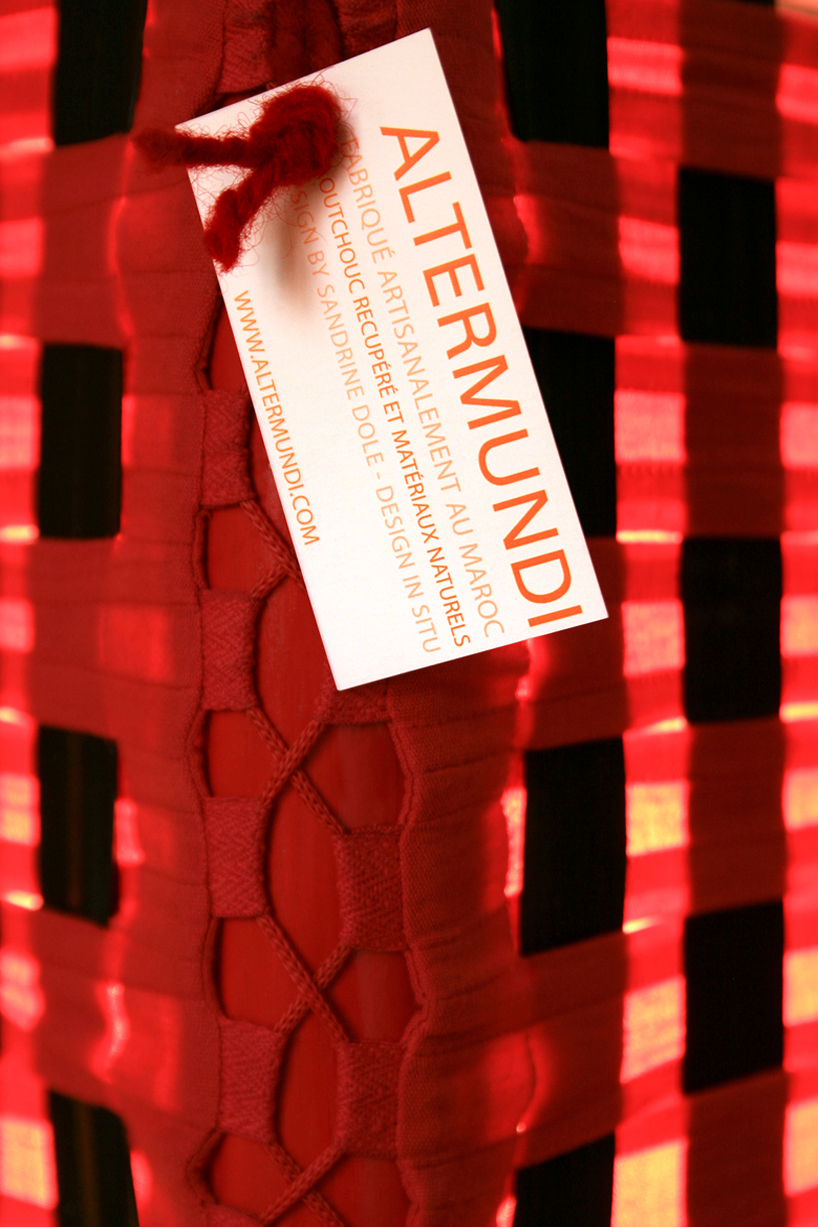 peculiar weaving of the furniture
peculiar weaving of the furniture


